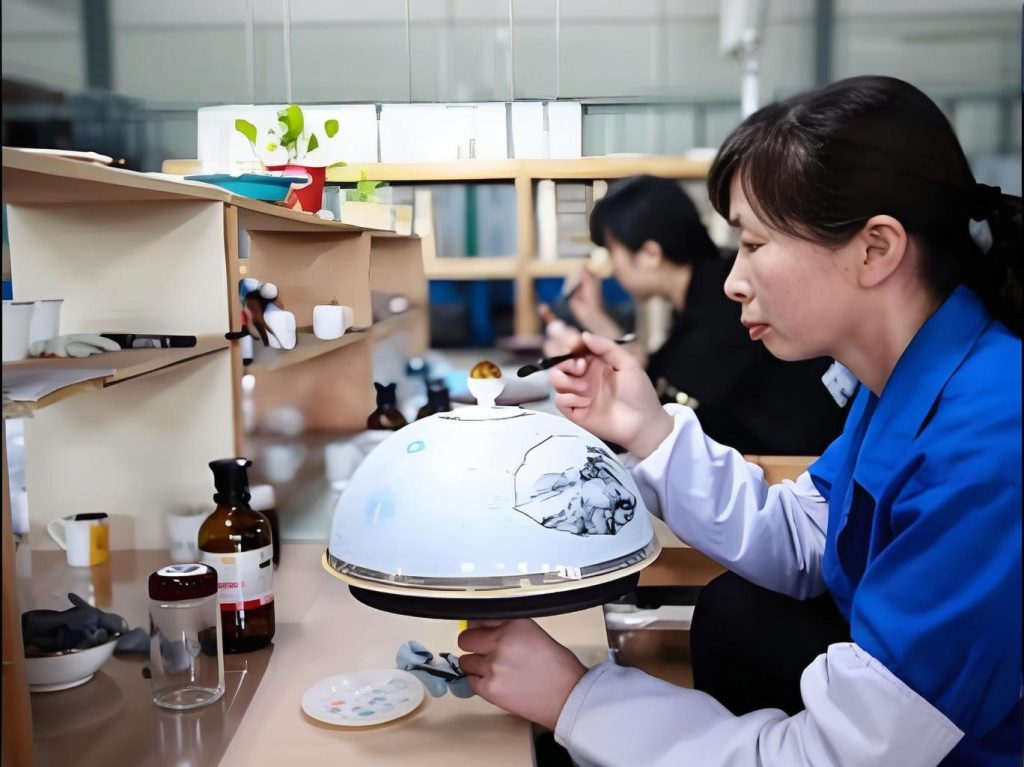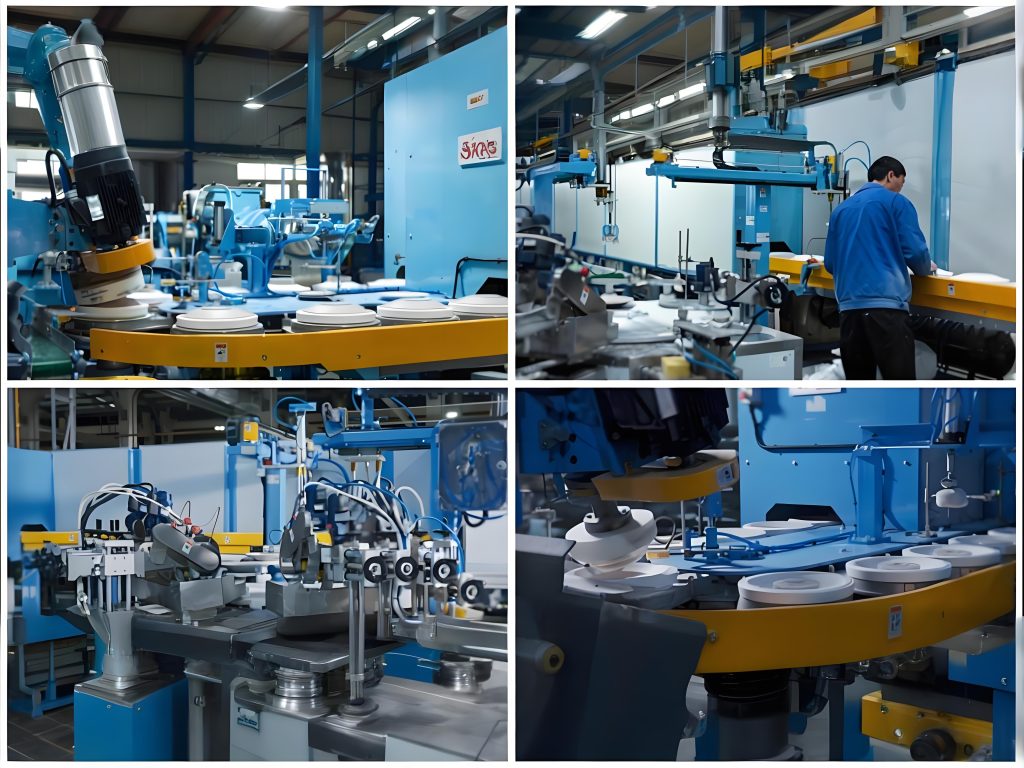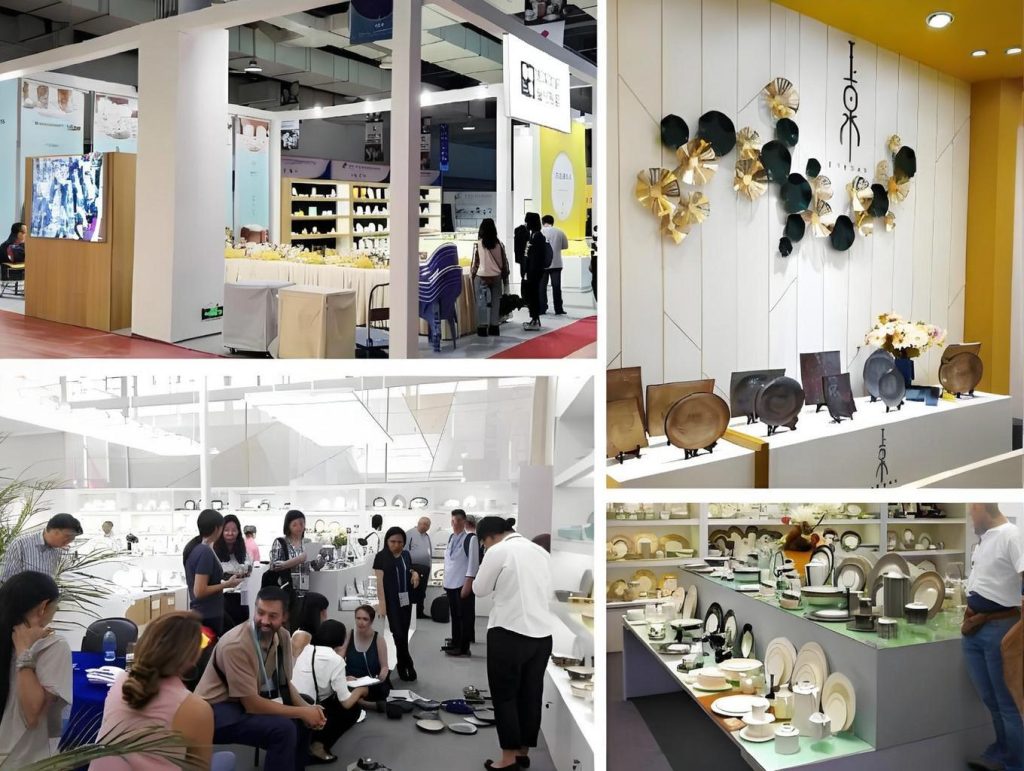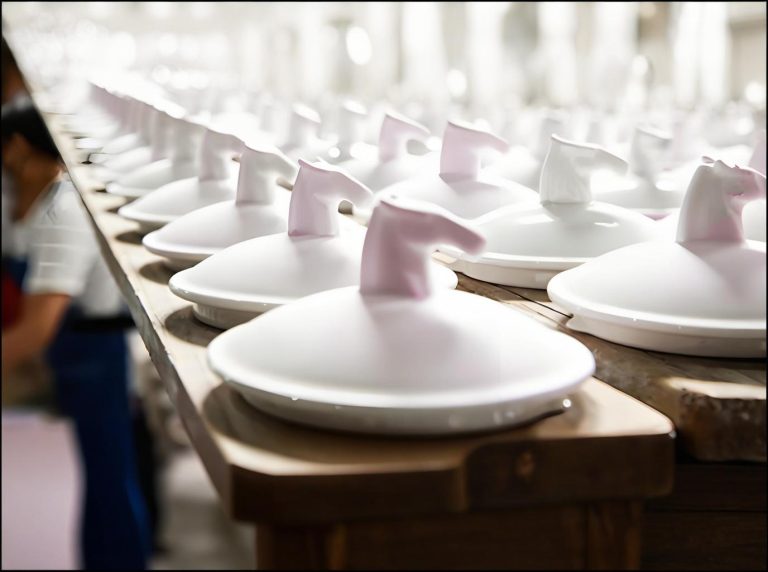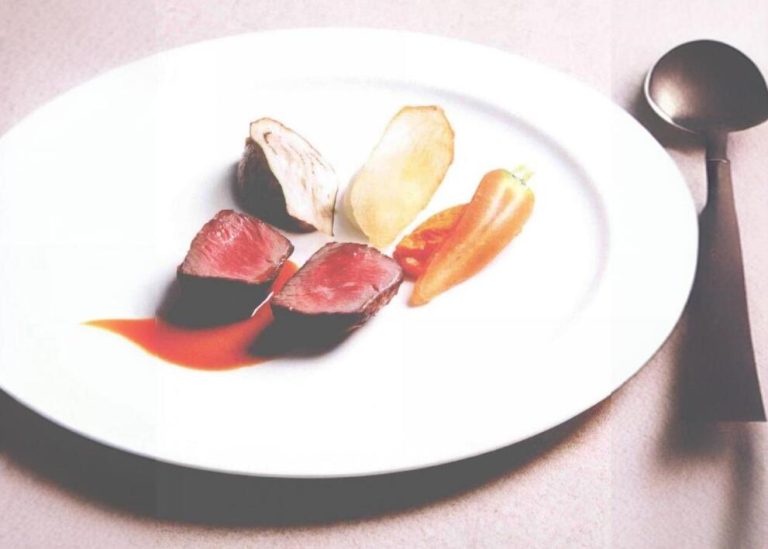Buffet Restaurant Dinnerware Buying Guide: Real Experience to Supplier Selection
Opening
“Our restaurant serves 500+ people daily. We replace plates every three months.”
I saw this complaint on Reddit’s r/RestaurantOwner. Over 200 replies exploded underneath. Some said their china had an 80% failure rate yearly. Others complained dishwashers ruined the glaze. Some directly tagged supplier accounts to vent.
Buffet restaurant dinnerware might be the most “abused” thing in foodservice.
They endure constant stacking by guests. Kitchen staff toss them around. High-temp sterilizers bake them daily. Dishwashers blast them from all angles. Regular home china? Won’t last a month.
I’ve read thousands of discussions on Quora and Reddit. I found some overlooked key points. Today let’s break down what dinnerware survives in buffet restaurants. And how to find reliable tableware manufacturers.
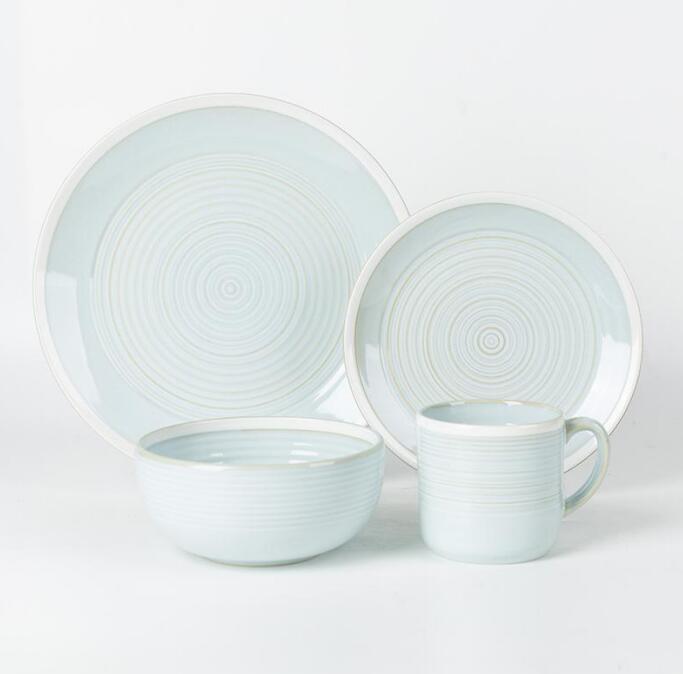
I. The “Survival Crisis” of Buffet Dinnerware: Why Home China Fails
Real Scene Breakdown
A hotel purchasing manager’s Quora answer got 3.2K upvotes:
“We bought a batch of ‘fancy-looking’ bone china. Two weeks later, 30% had cracks. 15% shattered completely. Many edges chipped. What went wrong? They weren’t designed for commercial use.”
Reddit’s r/KitchenConfidential discussions are more direct:
- “Guests scraping plates with forks drives chefs crazy”
- “Dishwasher pressure washes off regular ceramic patterns”
- “Stacking damages the glaze on plates below”
Core conflict:
Home dinnerware prioritizes beauty and lightness. Commercial settings need durability against wear, heat, and stacking.
II. How Professionals Choose: Five Counter-Intuitive Standards
1. Material Choice: Pricier Isn’t Always Better
Top Quora insight:
- Vitrified Porcelain > Bone China > Regular Ceramic
- Reason: Fired above 1250°C, highly vitrified, water absorption <0.5%. Impact resistance is 3x regular ceramics.
Real Reddit case:
A buffet chain tested three materials:
- Bone china: 62% failure rate in 6 months
- Regular ceramic: 75% failure rate in 3 months
- Vitrified porcelain: Only 18% failure in 18 months
Here’s a trap:
Many suppliers use vague terms like “high-temp ceramic.” Professional tableware manufacturers specify “1280°C firing” and “0.2% water absorption.”
2. Edge Design: Rolled Edge is Your Savior
I never noticed this detail. Then I saw a restaurant owner’s comparison photos:
Regular flat edge:
- Creates jagged chips when knocked
- Gets stuck when stacking
Rolled edge design:
- Thicker, rounded edges
- Disperses impact, resists chipping
- Creates cushion when stacking
Someone on Reddit tested this. Rolled edge plates had 40% better survival when dropped.
3. Bottom Design: Don’t Overlook That Ring
Key term: Stacking Ring
A supply chain manager’s Quora explanation opened my eyes:
“Buffet plates get stacked countless times daily. Flat bottoms put weight directly on the glaze below. Over time, wear rings appear. Professional dinnerware has raised ceramic rings. They create 0.5-1mm gaps between plates.”
Practical tip:
Flip the plate over. If the bottom is smooth, skip it.
4. Glaze Technique: Underglaze is King
This sparked heated Reddit debates. Many think overglaze looks better. The patterns are more dimensional.
But restaurant owners agree:
- Overglaze: Patterns sit on glaze, scratches from utensils show, fades in dishwashers
- Underglaze: Patterns sit under glaze, protected by glass layer, wear-resistant but costs 20-30% more
A buyer said it plainly:
“Guests don’t care how beautiful your plates are. They only complain ‘these plates look old.’”
5. Weight: Lighter Isn’t Better
Home dinnerware aims for lightweight. Buffet restaurants need moderate weight.
Three reasons:
- Too light, guests carelessly toss them, causing damage
- Dishwasher jets flip lightweight plates
- Weight creates perception of “quality”
Experience data:
- 10-inch dinner plate: 300-400g ideal
- 7-inch dessert plate: 180-250g
III. Five “Pitfall Avoidance Tips” for Finding Tableware Manufacturers
Reddit’s r/restaurateur has a thread about “supplier horror stories.” I compiled the most common issues:
Pitfall 1: Only Looking at Price, Ignoring MOQ
Many rookie owners get attracted by “cheap unit prices.” Then they discover:
- Minimum order: 5000 pieces
- Can’t mix different styles
- Inventory costs exceed savings
Suggestion:
Find manufacturers supporting small batch customization. Or buy standard models to test first.
Pitfall 2: Ignoring Delivery Time
A Quora hotel manager’s lesson:
“We ordered 3 months ahead. Supplier promised 60-day delivery. Four months later, we scrambled to buy random brands at wholesale markets.”
Counter-measures:
- Request production schedule
- Include delay penalty clauses in contracts
- Build in 20% buffer time
Pitfall 3: Sample and Bulk Order Mismatch
Too common. Someone on Reddit posted photos. Sample had smooth, fine glaze. Bulk order arrived with rough “orange peel” texture.
Professional approach:
- Request First Article Inspection
- Note in contract “samples are acceptance standard”
- First order shouldn’t exceed 30% of total needs
Pitfall 4: After-Sales Service is Empty Promise
Many tableware manufacturers promise “lifetime service.” Reality:
- Customer service never answers
- Restocking takes 2 months
- Won’t replace if breakage exceeds 10%
Suggestions:
- Prioritize suppliers with local warehouses
- Require backup stock agreement
- Specify breakage compensation in contract (industry standard: under 5% no compensation)
Pitfall 5: Ignoring Certifications and Test Reports
A Quora buyer got fined $50,000. Dinnerware lead content exceeded limits. Health department caught it.
Required certificates:
- FDA certification (USA)
- LFGB certification (EU)
- GB4806 standard (China)
- Third-party test reports (SGS, Intertek, etc.)
IV. Practical Advice: Effective Communication with Tableware Manufacturers
A Reddit chain restaurant owner shared an “inquiry email template.” Got 500+ upvotes. I improved it:
Email Must Include:
- Requirement details:
- Product type (plates/bowls/cups)
- Size and capacity
- Estimated quantity
- Customization needed (logo, color)
- Technical requirements:
- Material (vitrified/bone china/magnesia)
- Firing temperature
- Water absorption standard
- Microwave/dishwasher safe
- Business terms:
- Budget range
- Delivery time
- Payment method
- After-sales requirements
- Screening questions:
- Can you provide samples? (Request they cover shipping)
- Support small trial orders?
- Have similar client case studies?
V. An Overlooked Angle: Dinnerware “Lifecycle Cost”
A top Quora answer changed my perspective:
“Many owners only calculate purchase cost, not replacement cost. Cheap dinnerware replaced twice yearly costs double what quality dinnerware costs.”
Real case comparison:
Plan A: Cheap dinnerware
- Unit price: $2/piece
- Lifespan: 6 months
- 2-year total: $2 × 4 batches = $8/piece
Plan B: Quality dinnerware
- Unit price: $5/piece
- Lifespan: 2 years
- 2-year total: $5/piece
This excludes:
- Labor cost for frequent replacement
- Inventory management cost
- Guest negative impression of “old dinnerware”

Closing: An Open Question
This reminds me of an interesting Reddit discussion:
“What’s ideal buffet restaurant dinnerware?”
Some say “never wears out.” Others say “cheap enough to drop carelessly.” Some joke “guests want to steal home.”
I think the answer is:
Finding that “sweet spot” between cost, durability, and aesthetics.
As one restaurant owner said:
“Dinnerware doesn’t need to be the focus. But it should make food look better. Make guests think ‘this place has standards.’”
Final question:
If you had to choose, which property matters most? Durability? Appearance? Or value?
Share your thoughts in comments. Or share your pitfalls.
Appendix: Quick Decision Checklist
✅ Material: Vitrified porcelain preferred
✅ Edge: Rolled design
✅ Bottom: With stacking ring
✅ Glaze: Underglaze
✅ Weight: 300-400g (10-inch plate)
✅ Supplier: Certifications + samples + service
✅ Cost: Calculate lifecycle, not just unit price
Keyword reminder:
When finding tableware manufacturers, ask three questions:
- How many dishwasher cycles can your dinnerware handle?
- Have long-term feedback from restaurant clients?
- Can you send 10 samples for drop tests? (Seriously)
If you have any questions or need to custom dinnerware service, please contact our Email:info@gcporcelain.com for the most thoughtful support!

